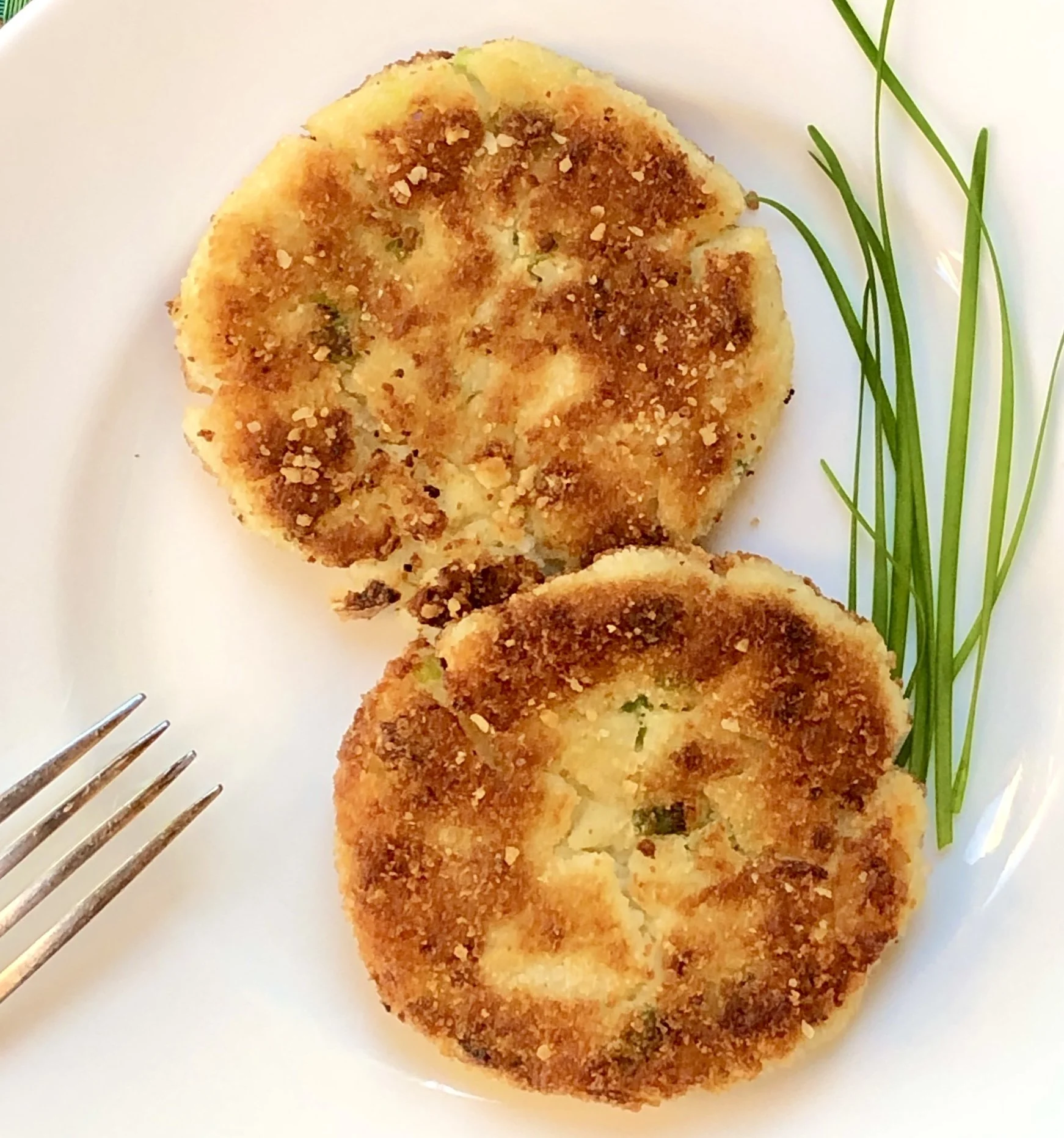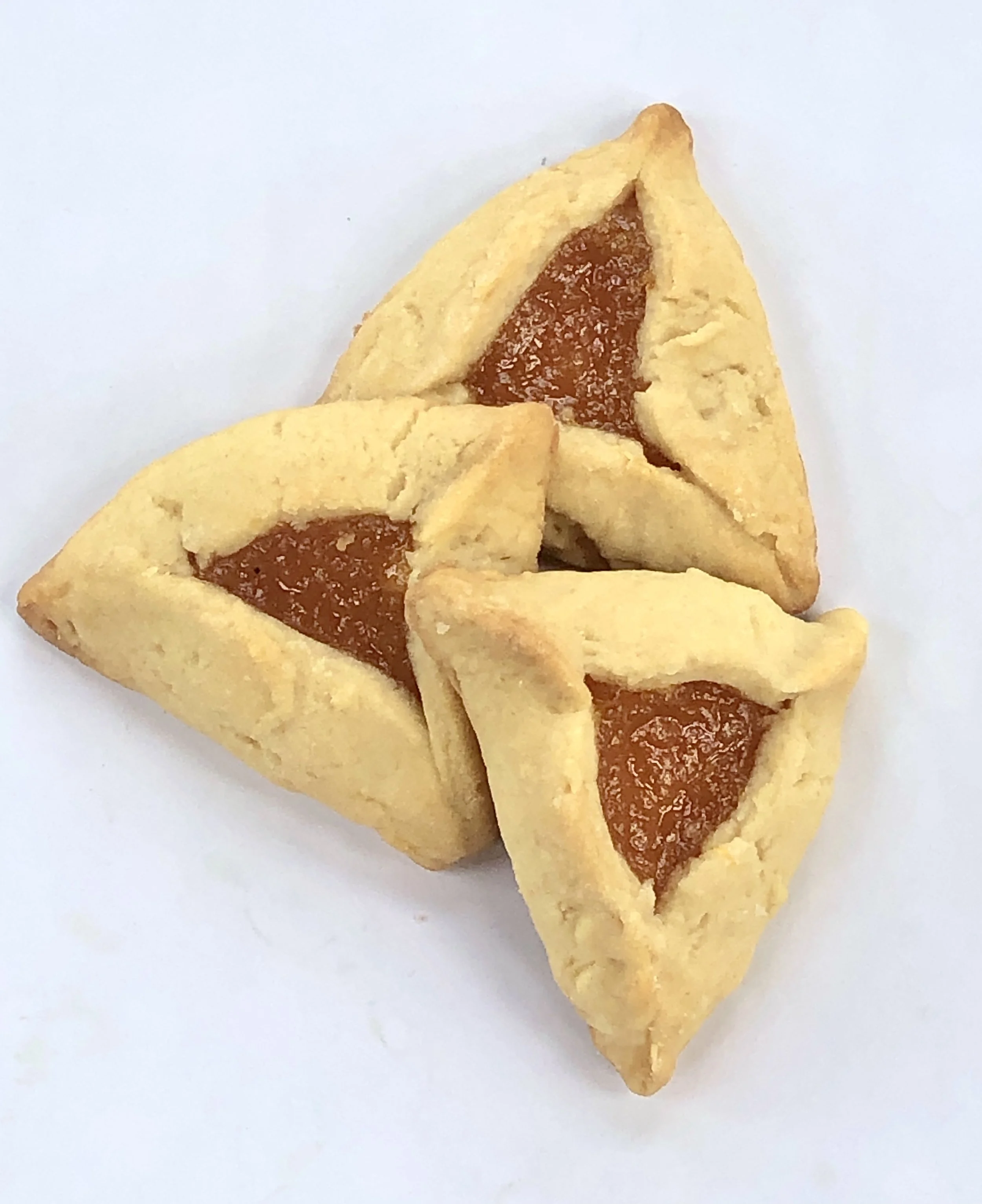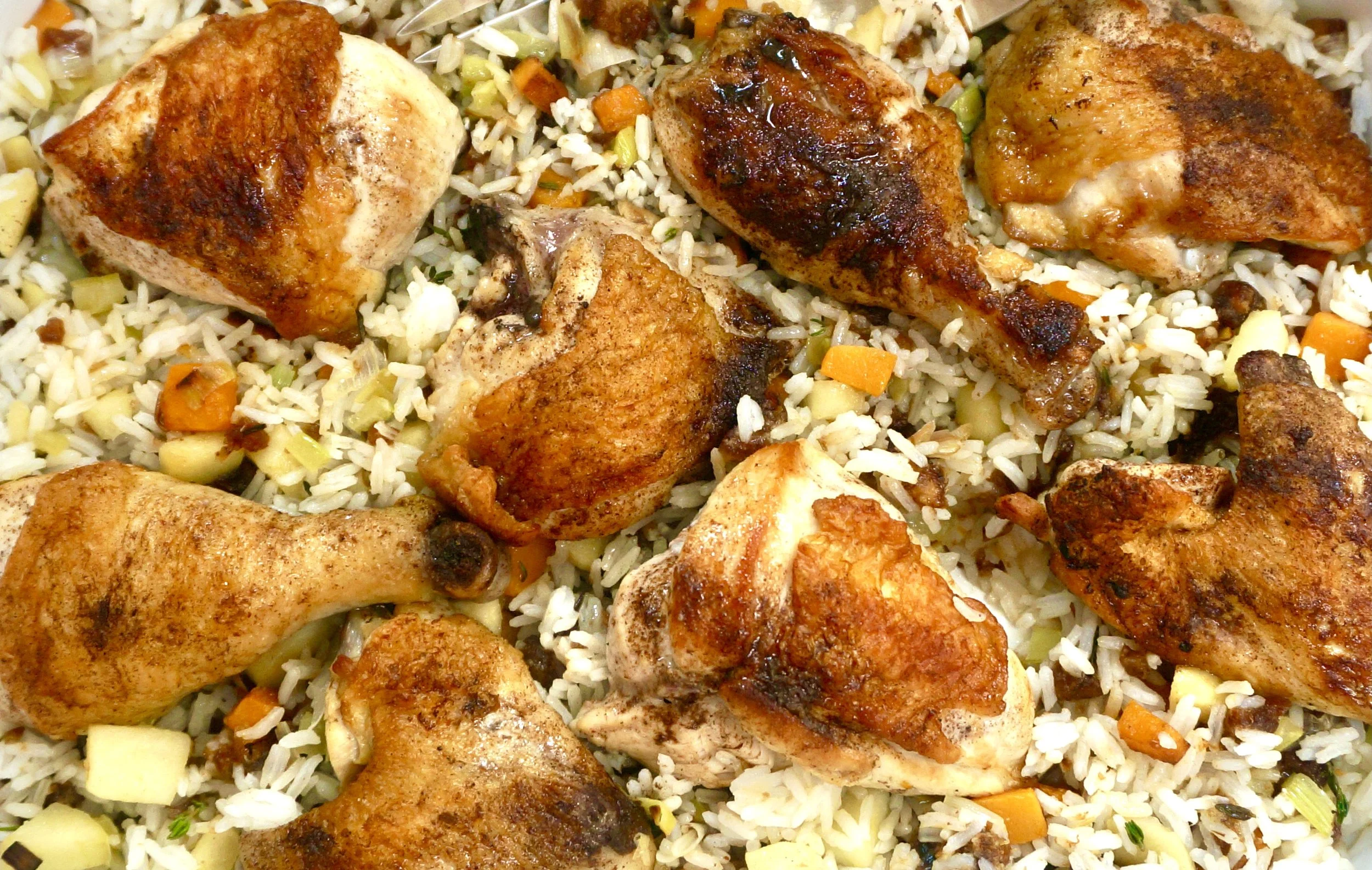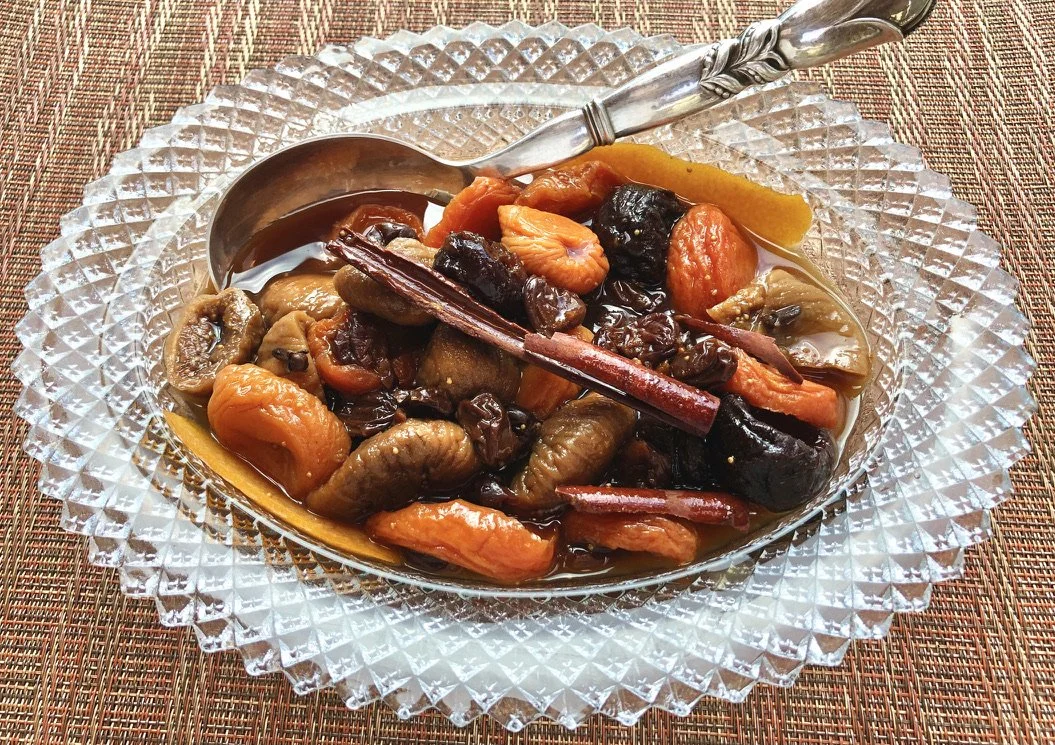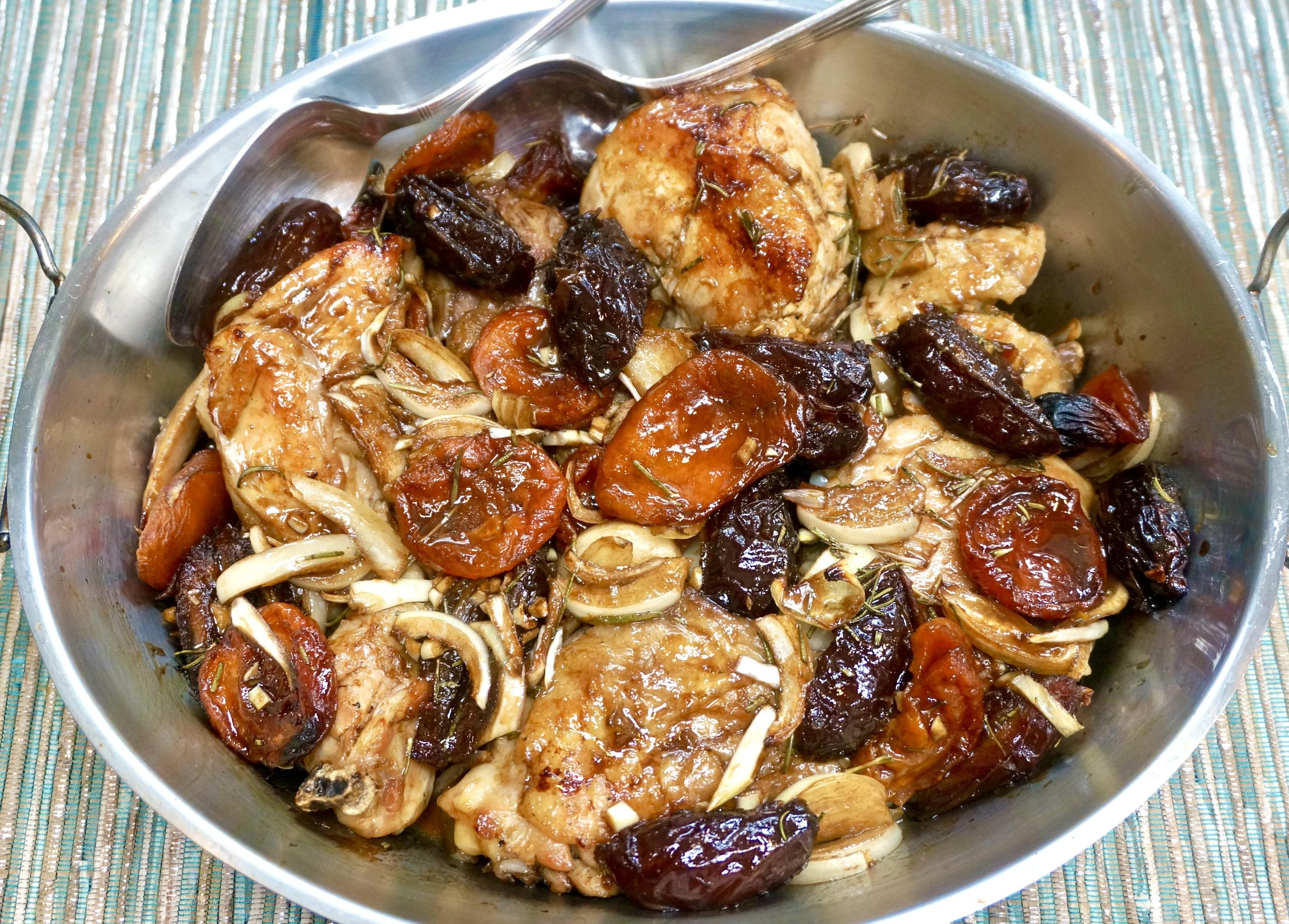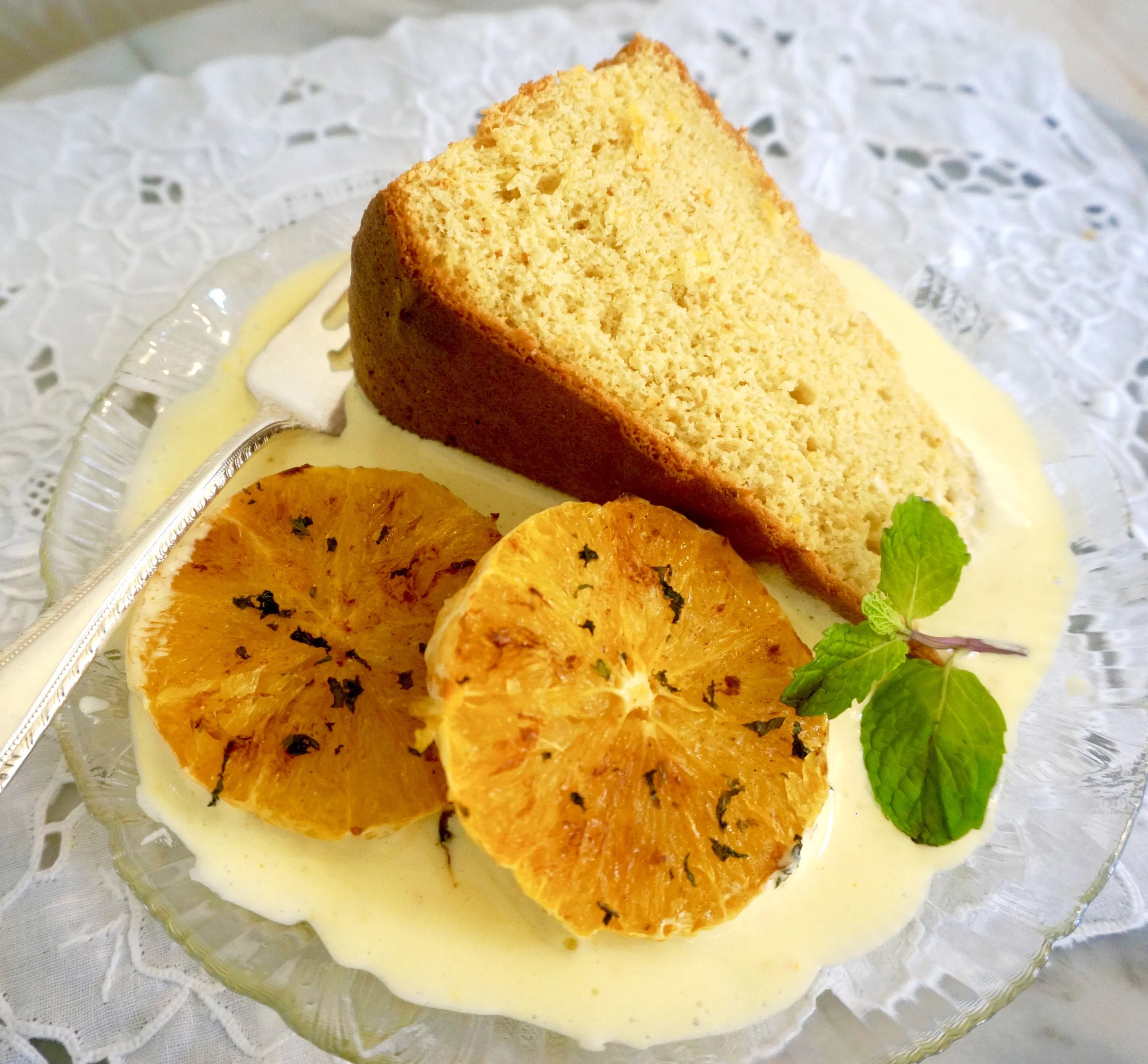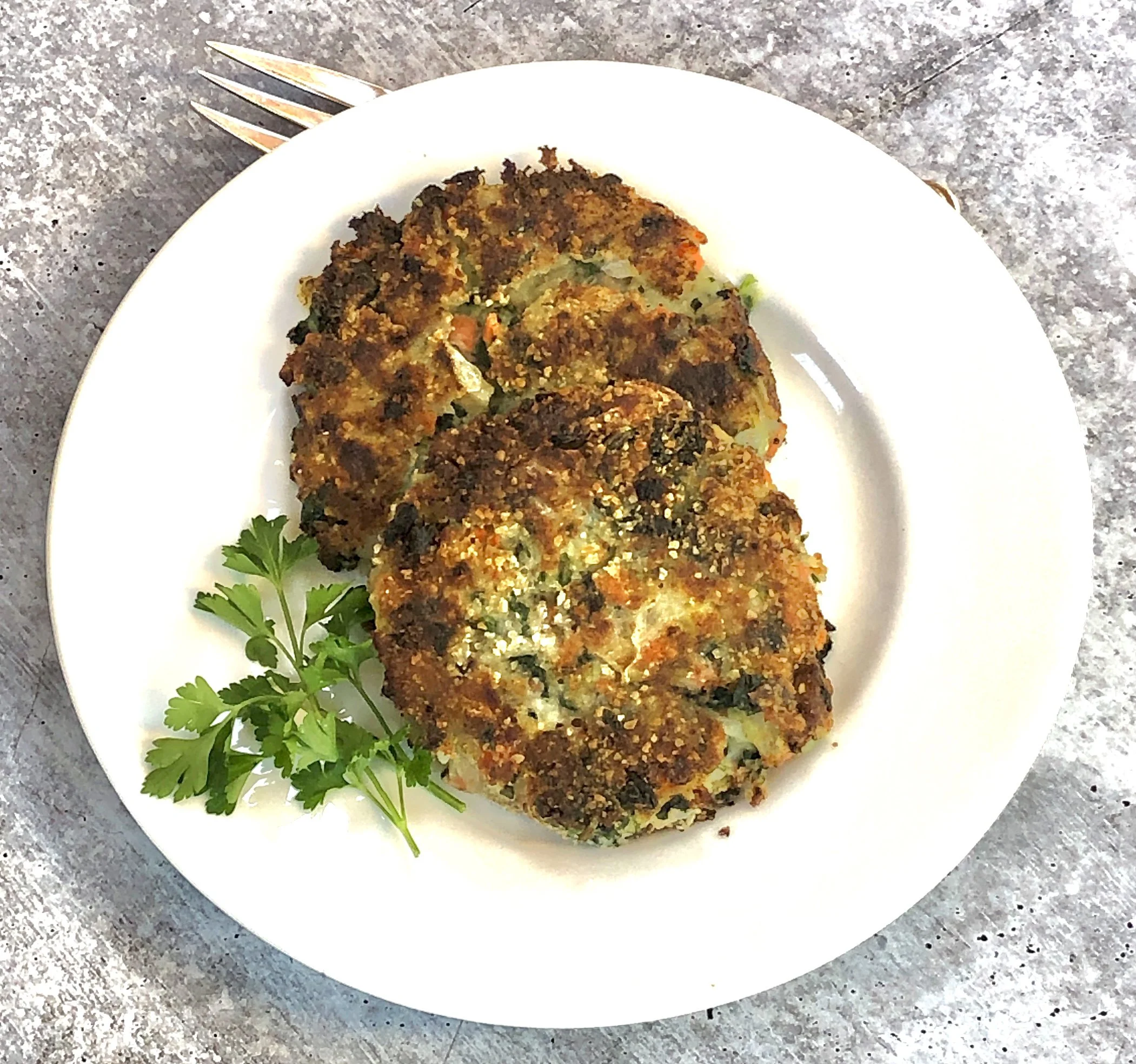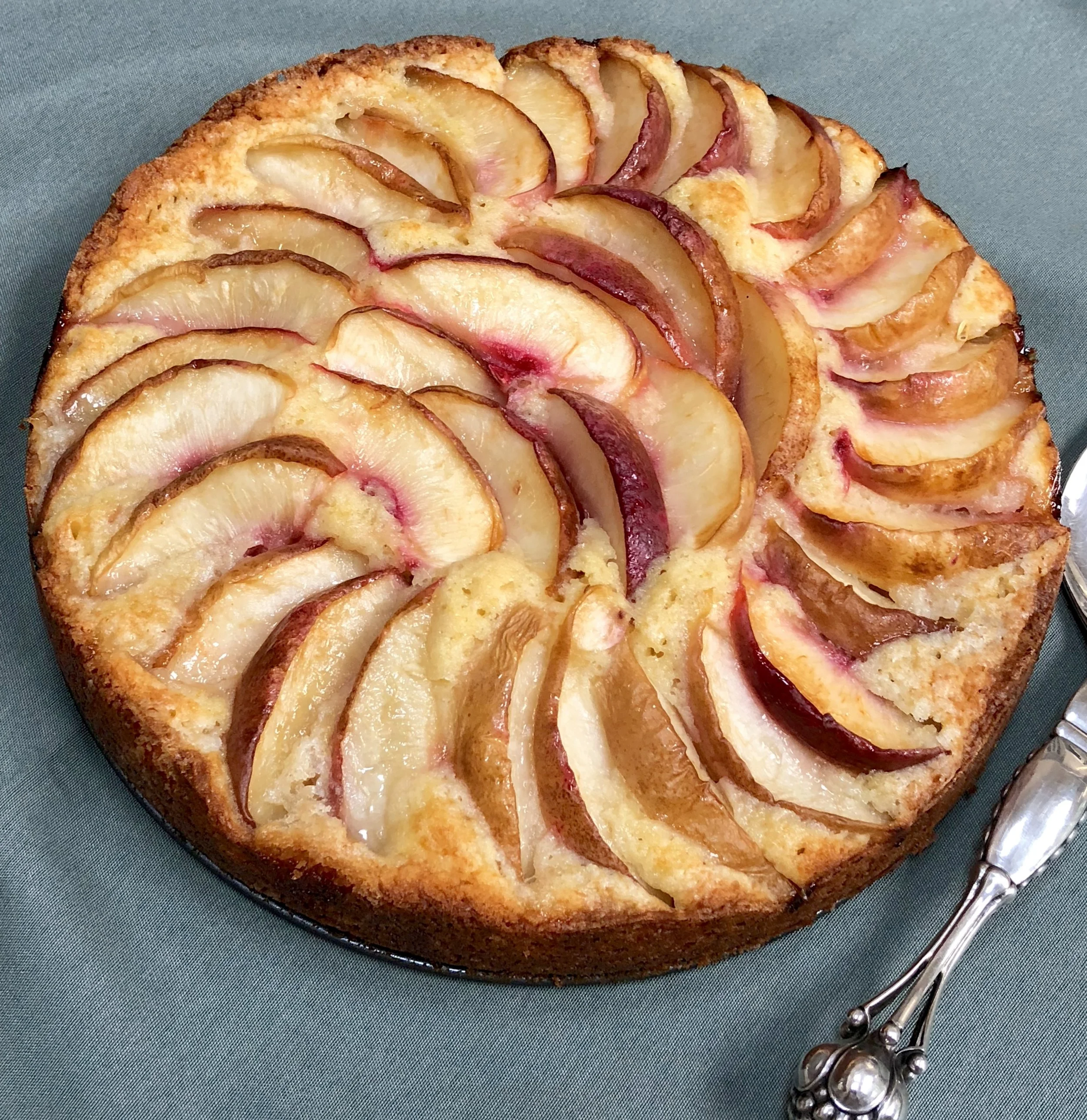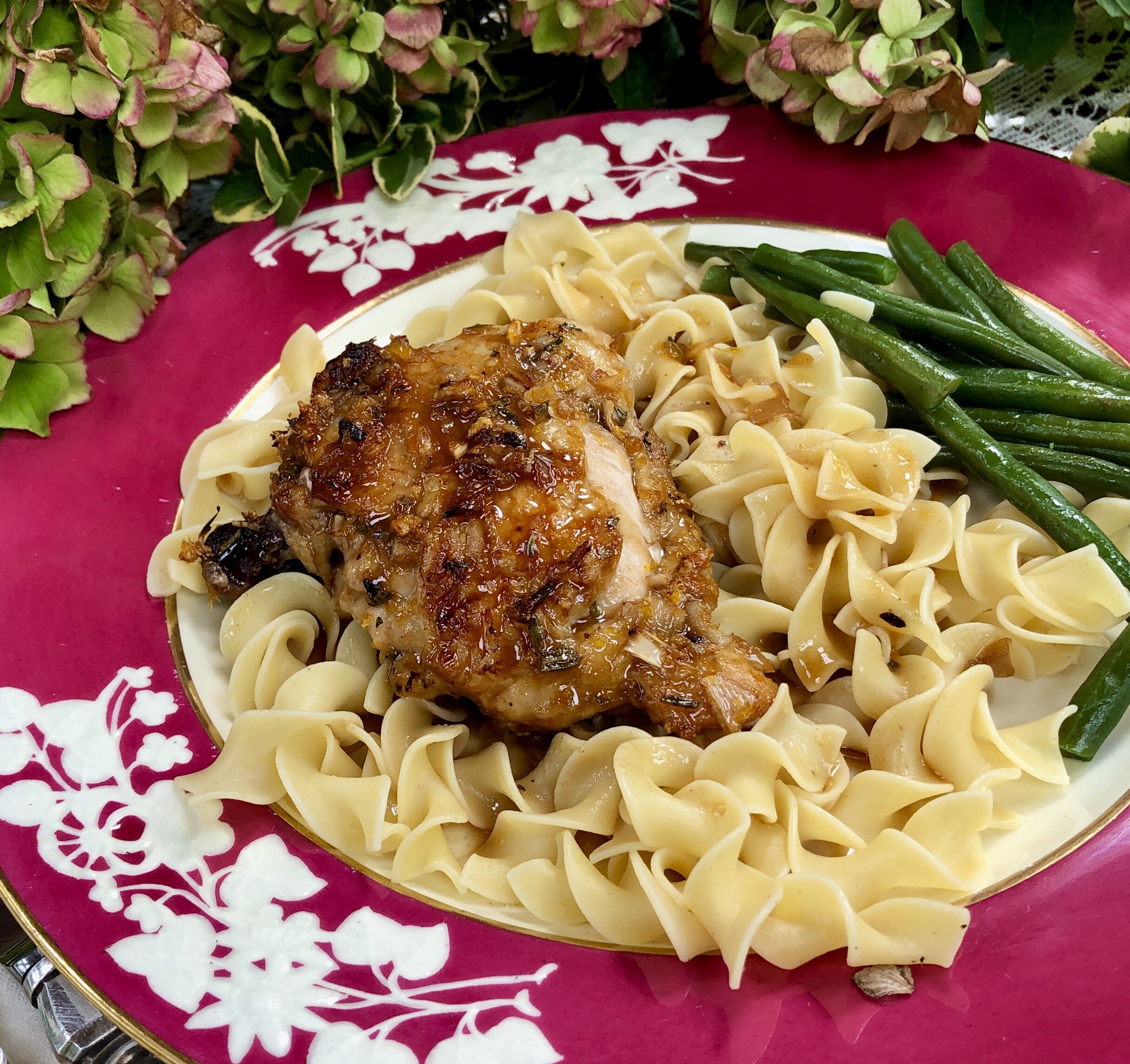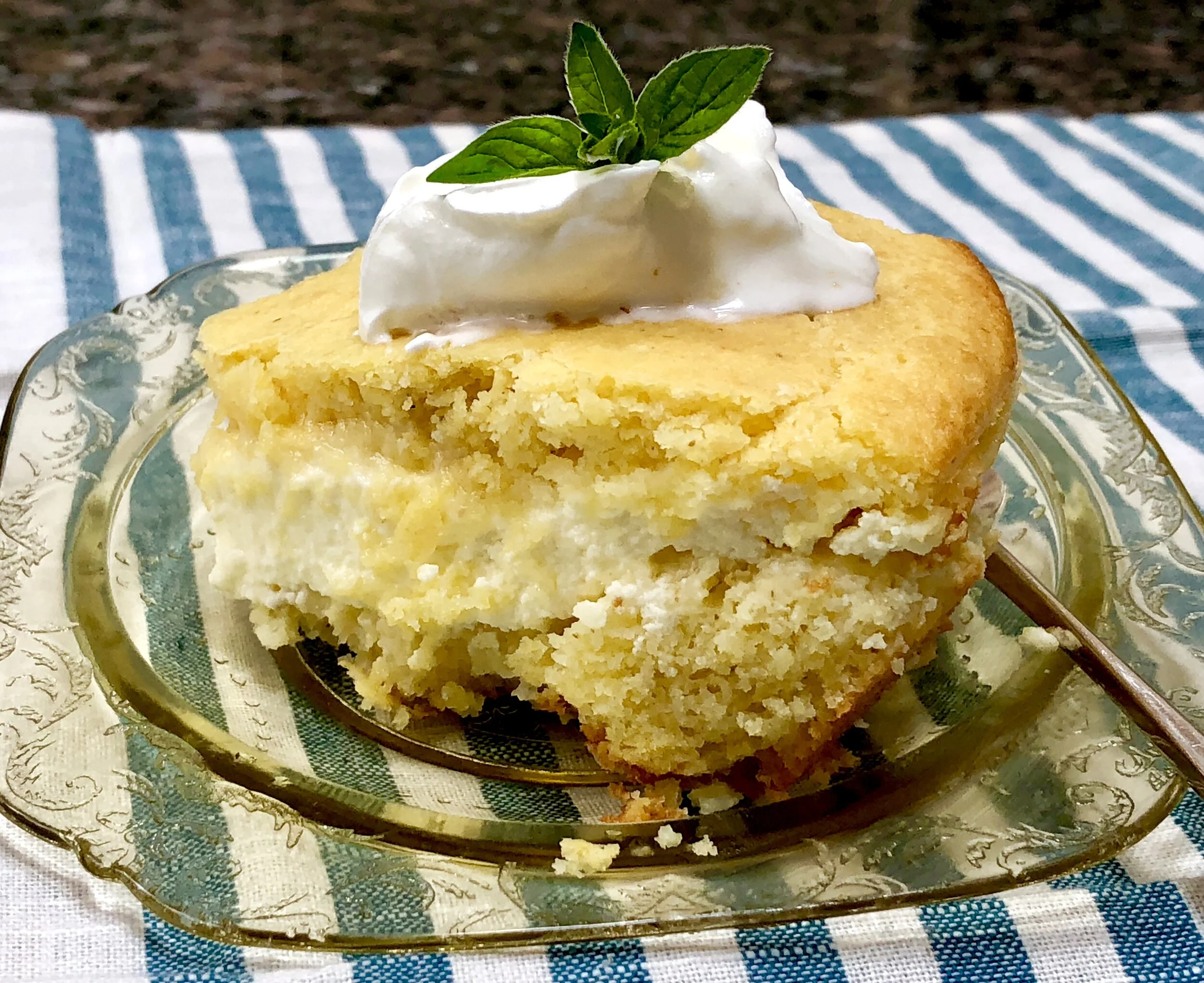When I was growing up the standard Seder dessert was sponge cake. Everyone made fun of it and said it was true to its name and that frankly, biting into a sponge was not a good thing.
I actually never cared because as long as I got chocolate covered macaroons I was a happy girl.
By the time I began to host the Seders, flourless chocolate cakes had become fashionable and my aunt Rozzie's recipe for sponge cake was tucked away in a recipe file.
Now more time has gone by and my family got bored with flourless chocolate cake. So I spent years experimenting with flourless rolled cakes and cakes made with nut crumbs instead of wheat and going fancy with layers of jelly-roll pan cakes. Some of those were absolutely fabulous.
But a few years ago I decided to pull out the family recipe. That sponge cake isn't spongy at all. The trick is not to overbeat the egg whites, which are supposed to be thick and glossy with tips that fall over slightly (not so beaten that you can cut a chunk off). Also — fold in the beaten whites rather than mixing them in vigorously.
Although the cake is just fine, plain or served with sorbet, I have served it with a rich and creamy zabaglione sauce and some roasted oranges, which provide a tangy contrast to the sweet cake. They also make a plain sponge cake a bit more festive looking, so it’s a good bet for the holiday.
Bonus: you can make all parts in advance!
Passover Orange Cake with Roasted Oranges and Zabaglione
12 large eggs, separated, at room temperature
1-3/4 cups sugar
6 tablespoons orange juice
1/4 cup lemon juice
2 tablespoons finely grated orange peel
1 tablespoon finely grated lemon peel
1 cup matzo cake meal, sifted after measuring
1/3 cup potato starch
Passover Zabaglione
Roasted Orange Slices
Preheat the oven to 350 degrees. Line the bottom of a large (10-1/2-inch - 11-inch springform pan with parchment paper and lightly grease the paper. Beat the egg yolks and 1-cup of the sugar in a mixer bowl at medium-high speed for 3-4 minutes or until the mixture is thick and pale yellow. Stir in the orange juice, lemon juice, orange peel and lemon peel, mix thoroughly and set aside. In another bowl, beat the egg whites at medium speed until they are foamy. Continue to beat, gradually increasing the speed and gradually adding the remaining 3/4 cup sugar. Beat until the whites are stiff but not dry, and look glossy. Stir about one-quarter of the beaten whites into the yolk mixture. Gently fold the remaining beaten whites into the yolk mixture, until the mixture is uniform in color. In a small bowl whisk the matzo cake meal and potato starch until they are thoroughly blended. Using about 1/4 of the matzo meal mixture at a time, fold the mixture into the egg mixture until the ingredients are thoroughly blended. Pour the batter into the prepared pan. Bake for 55-60 minutes or until a cake tester inserted into the center comes out clean. Cool the cake in the pan on a wire rack. When ready to serve, spoon some zabaglione onto serving dishes, place a slice of cake on top and surround with some roasted orange slices. (Or serve with sorbet, whipped cream, ice cream, etc. to suit your meal.)
Makes 12 servings
Passover Zabaglione
Place the egg yolks, 3/4 cup sugar and the orange peel in the top part of a double boiler set over barely simmering water. Beat the ingredients with a hand mixer at medium speed for about 3 minutes or until the mixture is thick and pale yellow. Continue to beat, gradually increasing the speed to high and gradually adding the wine. Beat for 8-10 minutes or until the mixture is thick and fluffy. You may use the zabaglione warm, immediately, or let it cool to room temperature.
Makes about 3 cups
Roasted Orange Slices
6 navel oranges
2 tablespoons melted coconut oil (or butter)
1 tablespoon sugar
ground cinnamon (approximately 1/2 teaspoon)
2 tablespoons finely chopped fresh mint
Preheat the oven to 450 degrees. Line a baking sheet with parchment paper. Peel the oranges removing as much of the white pith as possible. Cut the oranges crosswise into 24 even slices (there should be 4 center slices from each orange; reserve the ends for other purposes). Place the slices on the baking sheet. Brush the tops with the coconut oil. Sprinkle with the sugar. Sprinkle lightly with cinnamon and the mint. Roast for about 4 minutes. Turn the slices over and roast for another 4-6 minutes or until lightly browned. Remove from the oven and set aside.
Makes 12 servings
